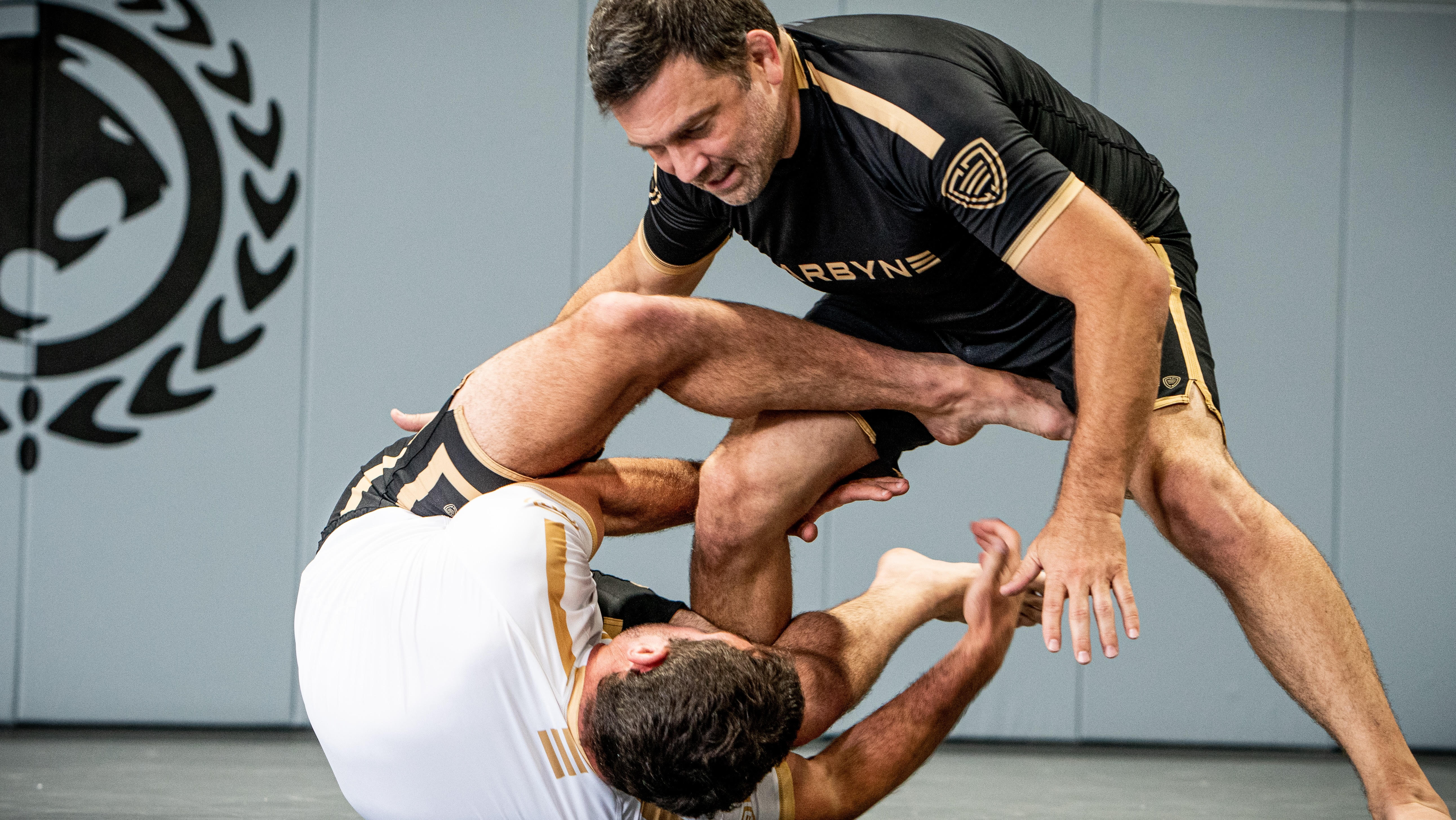
DETERMINING YOUR TRAINING INTENSITY
Everyone in the gym knows the person. He’s the person in the gym that no one wants to train with. Maybe it’s the former wrestler who thinks every round is the quarter finals of NCAA’s. Then there is the other extreme. These people NEVER go hard and get upset if you move faster than a sleepy sloth on cannabis edibles. My teacher, Shawn Williams said something very wise once that stuck with me. He said: “ You earn your training partners”. I’m writing this mainly from a jiu jitsu training perspective but it could apply to any combat sport that is an individual activity but for which you NEED training partners to practice. The following are some thoughts on how to earn great training partners and how to manage training intensity levels correctly.
First, you should not have one speed/intensity level for all of your training. Training hard, at full speed is sometimes necessary. It can help increase conditioning levels. It is necessary to test techniques against maximum resistance. This comes at a price. The price is increased risk of injury and fatigue. Your goals, short-term and long-term are one thing that can drive your intensity level. If you have an important competition coming up you may need to do more intense full-speed training. Intensity and volume should inversely related. If you are going full intensity then volume needs to decrease. There is also less ability to experiment and learn new skills at higher intensity levels. So if you are looking to peak for a competition you probably want to go full speed several times per week leading up to the competition but cut down the overall mat time of your training. If your main or maybe only goal is skill development then you may need only one or two sessions per week of maximum speed and intensity training.
How does less than full speed training look? What does that even mean? For one thing it can mean working with people who are less skilled or less physical than you. A blackbelt training with a bluebell is an example of this. The blackbelt may be training at a very lessened intensity level while the blue belt may be going full speed. This brings up another important point. It is important to have either a tacit or overt understanding between partners as to what intensity level the training is taking place in. This has as much to do with attitude as it does with speed or strength use. If a session or round is taking place at a lower intensity level, this can mean that both people are experimenting with things not in their “A games”. It can mean that they accept positions, such as sweeps easier than they may in full intensity training session. It can manifest as a more lighthearted attitude to winning and losing positions and submissions. Another way to limit intensity is to limit speed and/or strength used. This takes increased discipline on the part of both partners.
Finally it is important to know your own personality. If you are not competitive by nature you may need to occasionally set a goal in training sessions in order to bring out some additional intensity. For example you could say today’s goal is not to let anyone pass my guard. If you are overly competitive then you should compete in organized competitions if possible and try to train with others who are competing, at least when you are wanting to train with a very competitive mind-set.
Jiu Jitsu and other combats sports have an important competitive element. Managing how you understand this from a personal and training perspective will be one of the key drivers of your success, longevity, and enjoyment of these activities. Try to cue off of how others see you, ask coaches, and watch video if possible so that you can gauge whether you are managing training intensity in the best way for you.
